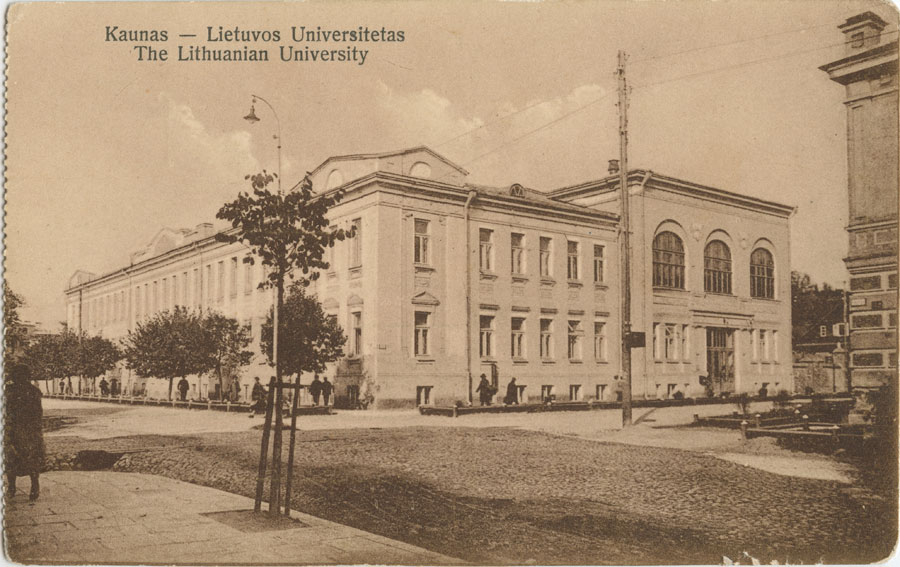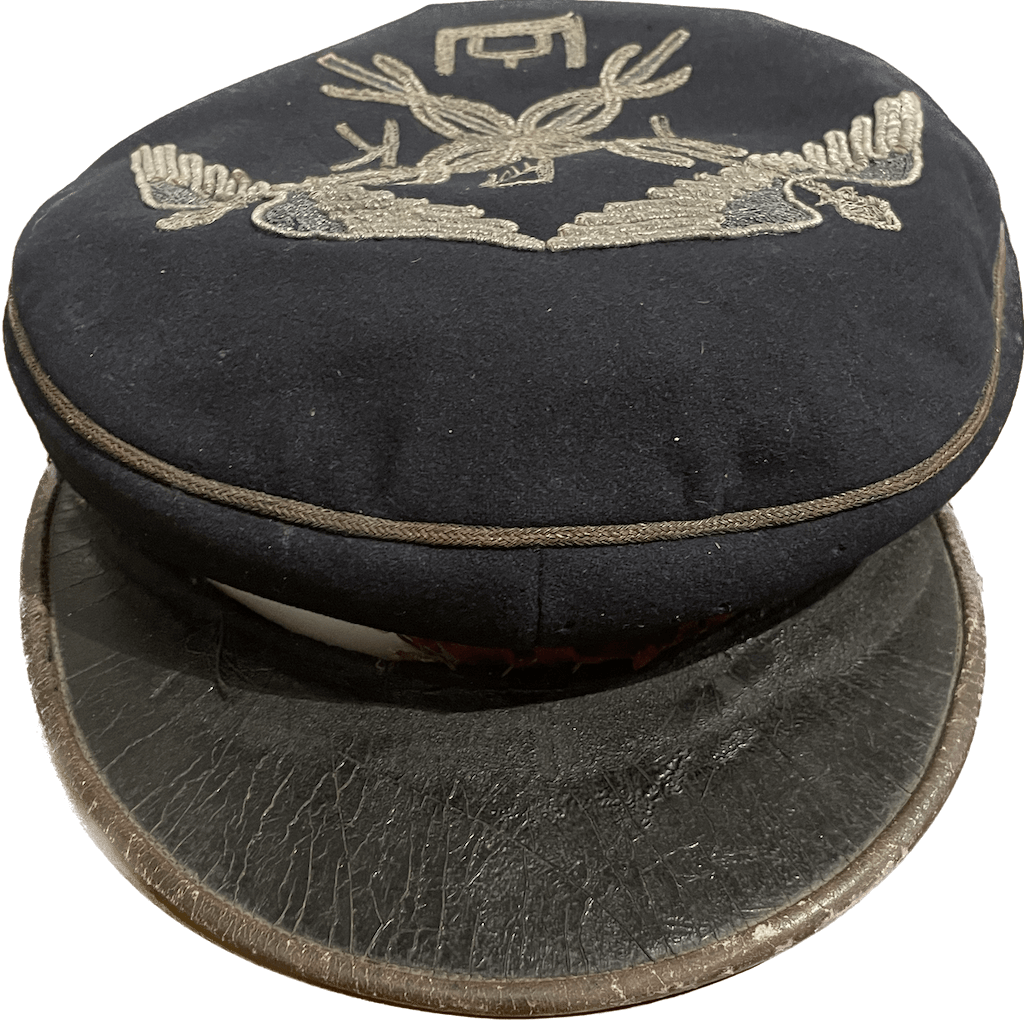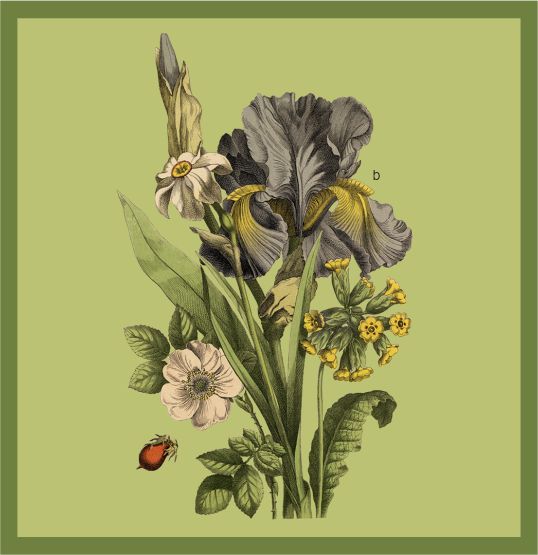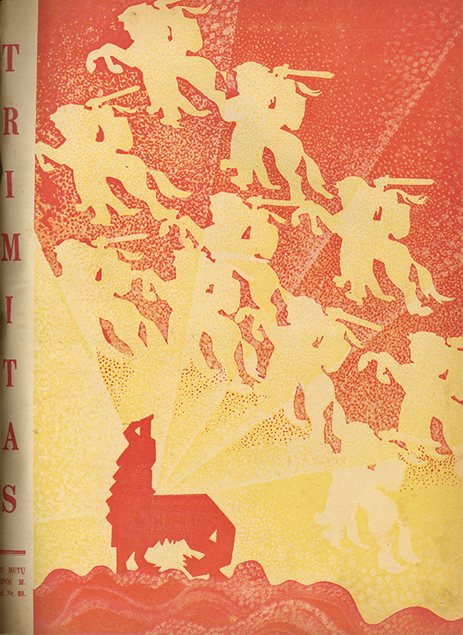In museums, history, memories are stored. Some stories are more known, others remain only in museum vaults. In celebration of the 100th anniversary of the University of Lithuania, the Lithuanian Museum of Educational History shares stored memories of the creation and existence of this institution. The exhibits stored in the museum do not form a coherent narrative, but reveal forgotten, and perhaps not yet known to anyone, moments of the university’s existence. The exhibition presents various congratulations on the occasion of the founding / opening of the university, letters, photographs, student documents and other exhibits.
Lithuanian society, having regained the freedom to express thoughts, chooses the path of the universal good – a great desire to educate their young people, to give them the opportunity to develop, despite the lack of a material and physical base:
On January 27, 1920, in the current building of Kaunas Maironis University Gymnasium (Gimnazija g. 3), the Higher Courses with six departments were solemnly opened: Humanities, Law, Mathematics-Physics, Nature, Medicine and Technology. 522 listeners entered the courses, of which only 244 – with certificates of maturity. Lectures were given by more than 40 lecturers, such as: Mykolas Biržiška, Vincas Čepinskis, Pranas Dovydaitis, Juozas Eretas, Tadas Ivanauskas, Augustinas Janulaitis, Vladas Lašas, Pranas Mažylis, Stasys Šalkauskis and others.
On 16 February 1922, after the reorganization of the previously existing Higher Courses, the University of Lithuania in Kaunas was opened:
The most prominent Lithuanian socialites of that time taught at the University of Lithuania: Jonas Mačiulis-Maironis, Juozas Tumas-Vaižgantas, Vincas Mykolaitis-Putinas, Vincas Krėvė-Mickevičius, Balys Sruoga, Mykolas Römeris, Mykolas and Vaclovas Biržiška, Levas Karsavinas, Stasys Šalkauskis, Tadas Ivanauskas, Kazimieras Būga, Jonas Jablonskis and others. Specialists from abroad were also invited to give lectures. One such person is the philosopher Vosylius Sezemanas, who in 1923 was invited to the University of Lithuania to head the Department of Philosophy. While working in Kaunas, he wrote his most mature studies in the fields of gnoseology, logic, aesthetics, ethics, antiquity and the latest history of philosophy. V. Sezemanas printed his works in various European publications, but at the same time he was interested and integrated into the philosophical and cultural life of Lithuania. Lithuania became for him the second homeland, here he found favorable conditions for doing scientific work, writing and creating. V. Sezemanas’s “Logic” (1928) and “Aesthetics” (1970) were recognized as one of the most important works of Lithuanian philosophy.
Studies at that time were not easy – many students had to combine work with studies, often lacking the necessary textbooks for lectures. There was also a difficult situation with the material possibilities of students to study – for some of them, scholarships were the only path to education.
During the two interwar decades, the university prepared a relatively small number of graduates – 3790 (https://www.vdu.lt/wp-content/uploads/2009/12/61.pdf). The publication “The Voice of the Students” explains why girls who entered the university often did not finish it. First of all, it was a big financial challenge for the girl, independently, without parental support, to continue her studies. If it was possible to overcome this – the second obstacle, as the article states – the creation of a family hearth. The article also raises the third obstacle:
The documents of Viktorija Pavasarytė, a student of Philological Studies at the Faculty of Humanities of the University of Lithuania, stored in the Lithuanian Museum of Educational History, illustrate the situation when a student decides to finish her studies ahead of time and chooses the path of an educator.
The exhibits about the University of Lithuania, which are preserved in the Lithuanian Museum of Educational History, reflect the complex life of interwar society, when the society, which had regained its freedom, sought a greater good for all, although it did not have the necessary material or physical base for this. Nevertheless, the teaching staff not only educated the younger generation, but also improved themselves, creating the most mature works of their careers. The small number of university graduates does not reflect the real situation – although some of the students did not finish their studies, but the science did not remain forgotten – the knowledge learned / learned was transferred further.
The virtual exhibition was prepared by Eglė Pupalaigienė, museum manager of the Lithuanian Museum of Educational History.



